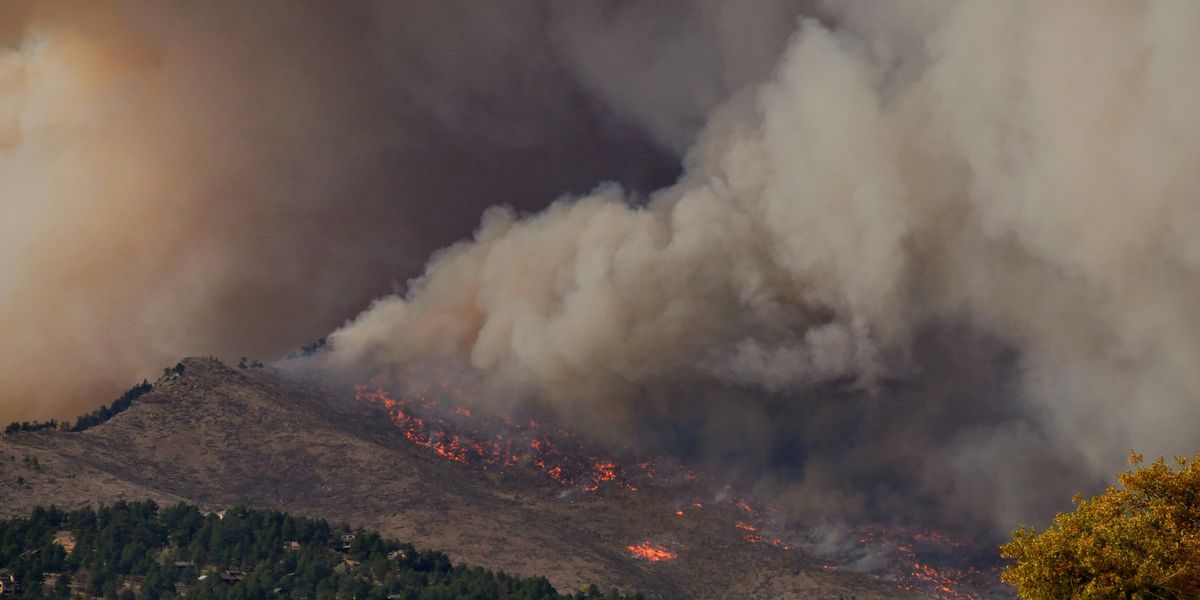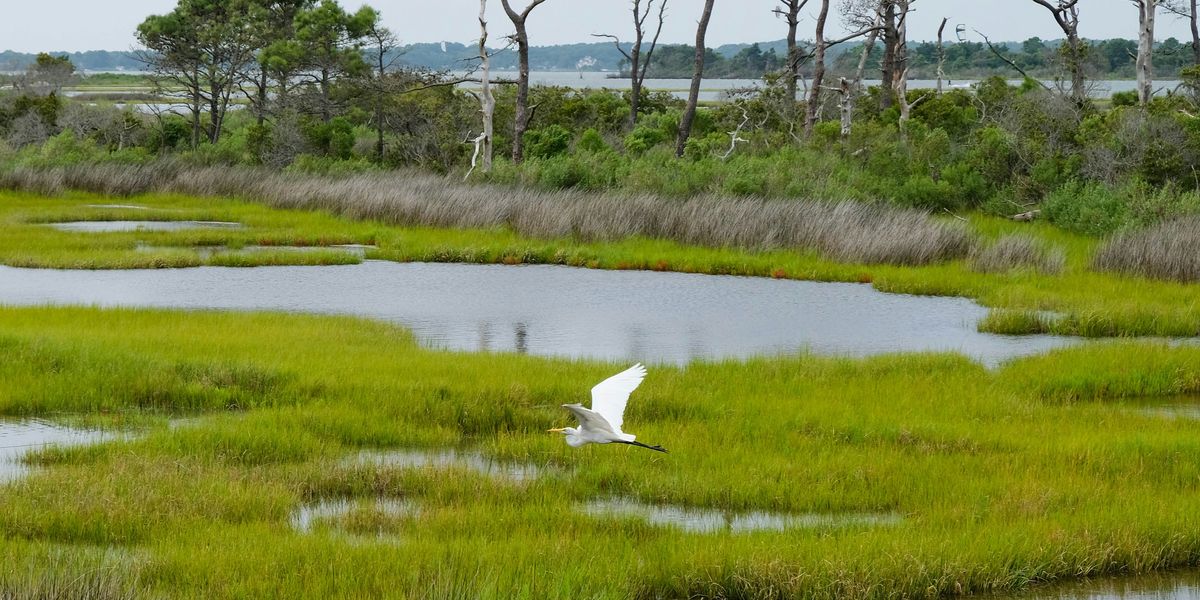
How a model for climate relocation fell apart in Alaska
A federally backed effort to move an Alaskan village sinking into the tundra was supposed to be a national model, but the result is a blueprint for how not to do climate relocation.
Emily Schwing reports for ProPublica, KYUK, and The Washington Post.
In short:
- Nearly 300 residents of Newtok, Alaska, relocated to Mertarvik to escape thawing permafrost, but the new homes are falling apart — lacking insulation, plumbing, or electricity — and raising health concerns.
- An investigation reveals federal agencies failed to provide long-term support, leaving the small tribal council overwhelmed and reliant on flawed contractors and disjointed funding.
- Despite $150 million in federal funds, the relocation program lacks safe housing, reliable power, and running water, raising national questions about how the U.S. manages climate displacement.
Key quote:
“We’re physically seeing the impacts of a changing climate on these communities. And the fact that we don’t have a government framework for dealing with these issues is not just an Alaska problem, it’s a national problem.”
— Don Antrobus, climate adaptation consultant, Alaska Native Tribal Health Consortium
Why this matters:
Climate displacement is coming, not just to Alaska but to coastlines, floodplains, and fire-prone towns across the U.S. But if one of the first federally supported climate relocations collapsed under bureaucracy and bad construction, how will the rest survive? What happened in Newtok makes one thing clear: The U.S. is not ready. Not even close.
Read more: People need shelter from climate change — their health hangs in the balance













